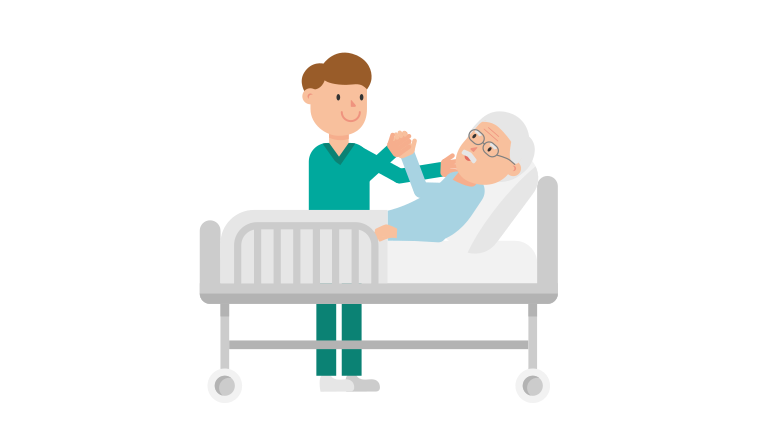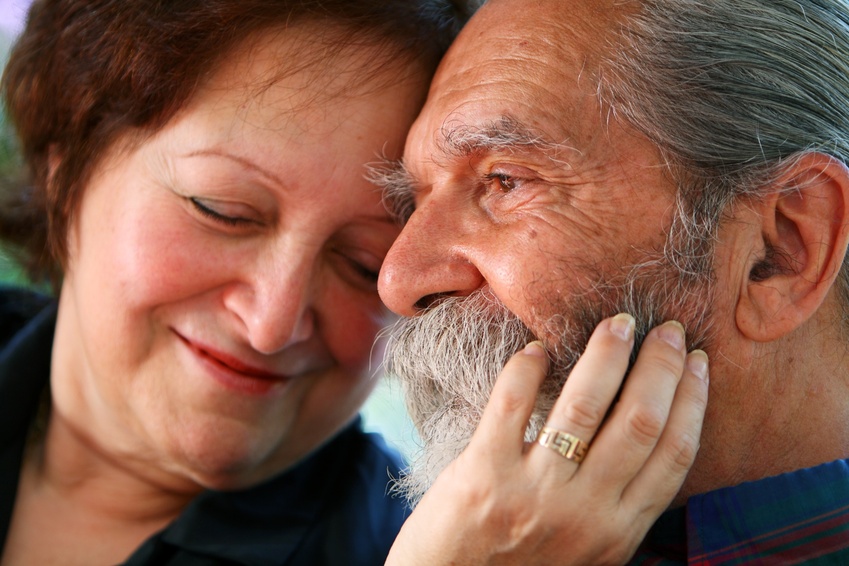177 Curative, Palliative, and Hospice Care
Martha Lally; Suzanne Valentine-French; and Dinesh Ramoo
When individuals become ill, they need to make choices about the treatment they wish to receive. One’s age, type of illness, and personal beliefs about dying affect the type of treatment chosen (Bell, 2010).
Curative care is designed to overcome and cure disease and illness (Fox, 1997). Its aim is to promote complete recovery, not just to reduce symptoms or pain. An example of curative care would be chemotherapy. While curing illness and disease is an important goal of medicine, it is not its only goal. As a result, some have criticized the curative model as ignoring the other goals of medicine, including preventing illness, restoring functional capacity, relieving suffering, and caring for those whose illnesses cannot be cured.
Palliative care focuses on providing comfort and relief from physical and emotional pain to patients throughout their illness, even while being treated (National Institutes of Health, 2007). In the past, palliative care was confined to offering comfort for the dying. Now it is offered whenever patients suffer from chronic illnesses, such as cancer or heart disease (Institute of Medicine, 2015). Palliative care is also part of hospice programs.

Hospice emerged in the United Kingdom in the mid-twentieth century as a result of the work of Cicely Saunders. This approach became popularized in the US by the work of Elizabeth Kübler-Ross (Institute of Medicine, 2015), and by 2012 there were 5,500 hospice programs in the US (National Hospice and Palliative Care Organization, 2013).
Hospice care involves a team of professionals and volunteers who provide terminally ill patients with medical, psychological, and spiritual support, along with support for their families (Shannon, 2006). This type of care can occur at home or in a hospital, nursing home, or hospice facility. The aim of hospice care is to help the dying be as free from pain as possible, and to comfort both the patients and their families during a difficult time. In order to enter hospice, a patient must be diagnosed as terminally ill with an anticipated death within six months (Institute of Medicine, 2015). The patient is allowed to go through the dying process without invasive treatments. Hospice workers try to inform the family of what to expect and reassure them that much of what they see is a normal part of the dying process.
According to Shannon (2006), the basic elements of hospice include:
- care of the patient and family as a single unit;
- pain and symptom management for the patient;
- access to day and night care;
- coordination of all medical services;
- social work, counselling, and pastoral services; and
- bereavement counselling for the family up to one year after the patient’s death.
In 2013, an estimated 1.5 million people received hospice care (National Hospice and Palliative Care Organization, 2014). The majority of patients on hospice are cancer patients and typically do not enter hospice until the last few weeks prior to death. The median length of stay was eighteen days, and 1 in 3 patients were on hospice for less than a week.
Although hospice care has become more widespread, these new programs are subjected to more rigorous insurance guidelines that dictate the types and amounts of medications used, length of stay, and types of patients who are eligible to receive hospice care (Weitz, 2007). Thus, more patients are being served, but providers have less control over the services they provide, and lengths of stay are more limited.
Not all racial and ethnic groups feel the same way about hospice care. African-American families may believe that medical treatment should be pursued on behalf of an ill relative as long as possible and that only God can decide when a person dies. Chinese-American families may feel very uncomfortable discussing issues of death or being near the deceased family member’s body. The view that hospice care should always be used is not held by everyone, and health care providers need to be sensitive to the wishes and beliefs of those they serve (Coolen, 2012).
Family Caregivers
According to the Institute of Medicine (2015), it is estimated that 66 million Americans, or 29 percent of the adult population, are caregivers for someone who is dying or chronically ill. Two thirds of these caregivers are women. This care takes its toll physically, emotionally, and financially. Family caregivers may face the physical challenges of lifting, dressing, feeding, bathing, and transporting a dying or ill family member. They may worry about whether they are performing all tasks safely and properly, as they receive little training or guidance. Such caregiving tasks may also interfere with their ability to take care of themselves and meet other family and workplace obligations. Financially, families may face high out-of-pocket expenses (Institute of Medicine, 2015).

As can be seen in Table 10.3 (adapted from Institute of Medicine, 2015), most family caregivers are employed, are providing care by themselves with little professional intervention, and face high costs in lost productivity. As the prevalence of chronic disease rises, the need for family caregivers is growing. Unfortunately, the number of potential family caregivers is declining as the large Baby Boomer generation enters into late adulthood (Redfoot, Feinberg, and Houser, 2013).
| No home visits by healthcare professionals | 69 percent |
| Caregivers are also employed | 72 percent |
| Caregivers for the elderly | 67 percent |
| Duration of employed workers who have been caregiving for 3+ years | 55 percent |
| Annual cost of lost productivity resulting from work absenteeism due to providing care | $25.2 billion |
Media Attributions
- Figure 10 5 © VideoPlasty is licensed under a CC BY-SA (Attribution ShareAlike) license
- Old Couple © Ian MacKenzie is licensed under a CC BY (Attribution) license

